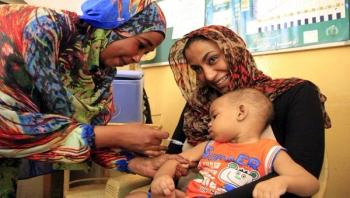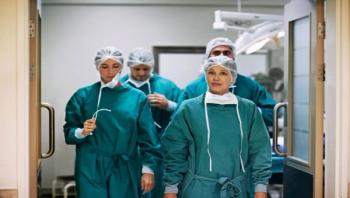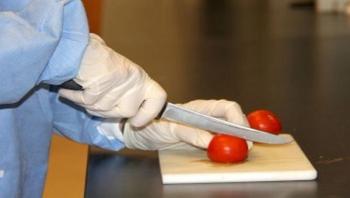
News










Scientists studying the biosynthesis and production of microbial natural products now have a greater insight into the process thanks to research conducted at the U.S. Department of Energy’s Argonne National Laboratory in collaboration with scientists from the Scripps Research Institute and Rice University.




The number of measles-related deaths has decreased 79 percent from 546,800 at the beginning of the century to 114,900 in 2014. New data released by the World Health Organization (WHO) for the Measles & Rubella Initiative, estimates that 17.1 million lives have been saved since 2000, largely due to increased vaccination coverage against this highly contagious viral disease. Measles vaccination has played a key role in reducing child mortality and in progress toward Millennium Development Goal 4.












In a recent study funded by the Food and Drug Administration (FDA), University of Georgia researchers found that produce that contained bacteria would contaminate other produce items through the continued use of knives or graters-the bacteria would latch on to the utensils commonly found in consumers’ homes and spread to the next item.



New research from the University of Southampton has found that copper can effectively help to prevent the spread of respiratory viruses, which are linked to severe acute respiratory syndrome (SARS) and Middle East respiratory syndrome (MERS).
